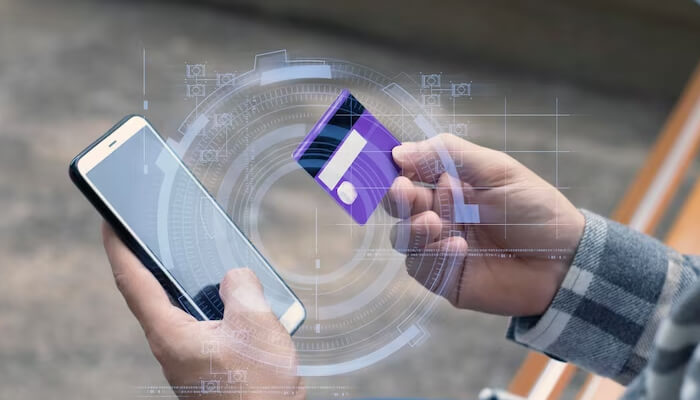Every participant in the ecosystem of financial services has something to gain by discussing the topic of modernizing payment infrastructure. Payment systems have an impact on everyone who has ever made or accepted cashless payments, including banks, merchants, payment service providers, and ultimately consumers, especially concerning the future of payments.
And the reason for this is that every payment relies on payment infrastructure. Without a payment infrastructure, there would be no such thing as an electronic financial transaction.
Both the global landscape of digital payments and the infrastructure upon which it is based are rapidly changing, and cash flow management is becoming easier. While many organizations continue to employ antiquated payment systems, some companies are looking forward to incorporating contemporary payment infrastructures. And this may have a big effect on their company.
What effects might payment infrastructure have on a company? What role will payment systems play in the future? Continue reading to find out more about modernizing the payment infrastructure.
Subscriptions and recurring payments
Many businesses are moving towards subscription-based models. This provides a steady stream of income and enhances cash flow predictability. Businesses can leverage automated recurring payment systems to collect payments efficiently, reducing the cost and effort of manual invoicing and payment collection.
Real-time payment systems enable instant fund transfers, improving cash flow management by reducing payment delays. Businesses can leverage real-time payments to pay vendors promptly, avoid late fees, and enhance liquidity.
AI and machine learning
AI and machine learning can be used for fraud detection, credit risk assessment, and personalized payment options. This can lower fraud-related costs and optimize credit decisions, leading to more efficient cash management.
Internet of Things (IoT) payments
IoT devices can facilitate automated payments, such as utility bills and supply chain transactions, reducing manual intervention and associated costs.
Online Payment Gateways
E-commerce and online shopping have seen significant growth. Utilizing secure online payment gateways simplifies transactions and can result in improved cash flow management as businesses receive payments in real-time. They may also reduce costs associated with physical storefronts.
Open banking and APIs
Open banking and application programming interfaces (APIs) enable businesses to access financial data and initiate transactions more easily, improving financial management and reducing reconciliation efforts.
Cross-border payments
Fintech solutions and digital banks are making cross-border payments more accessible and affordable. Utilizing these services can help businesses reduce the costs associated with international transactions.
Robotic process automation (RPA)
RPA can be used to automate routine financial tasks like invoice processing and reconciliation, reducing the labor costs associated with these processes.
Data Analytics
Analyzing payment data can provide valuable insights into customer behavior, helping businesses make informed decisions to optimize cash flow.
Fraud prevention
Advanced fraud detection technologies can help businesses avoid payment-related losses. Preventing fraud can save both money and reputation.
How to enhance cash flow using these technologies while cutting costs
To harness the potential of these technologies and enhance cash flow while cutting costs, businesses should:
1. Conduct a cost-benefit analysis before adopting new payment technologies
2. Integrate payment systems with accounting, financial technology, and management software. Educate employees and customers about new payment methods
3. Continuously monitor and adapt to changes in the payment landscape
4. Stay updated with the latest trends and technologies in the payment industry
5. Tailor their payment methods to match customer preferences.
6. Invest in secure payment processing systems and data protection measures
The future of payments will likely continue to evolve, so businesses that embrace these technologies and adapt to changing consumer preferences will be better positioned to enhance their cash flow and reduce costs.




